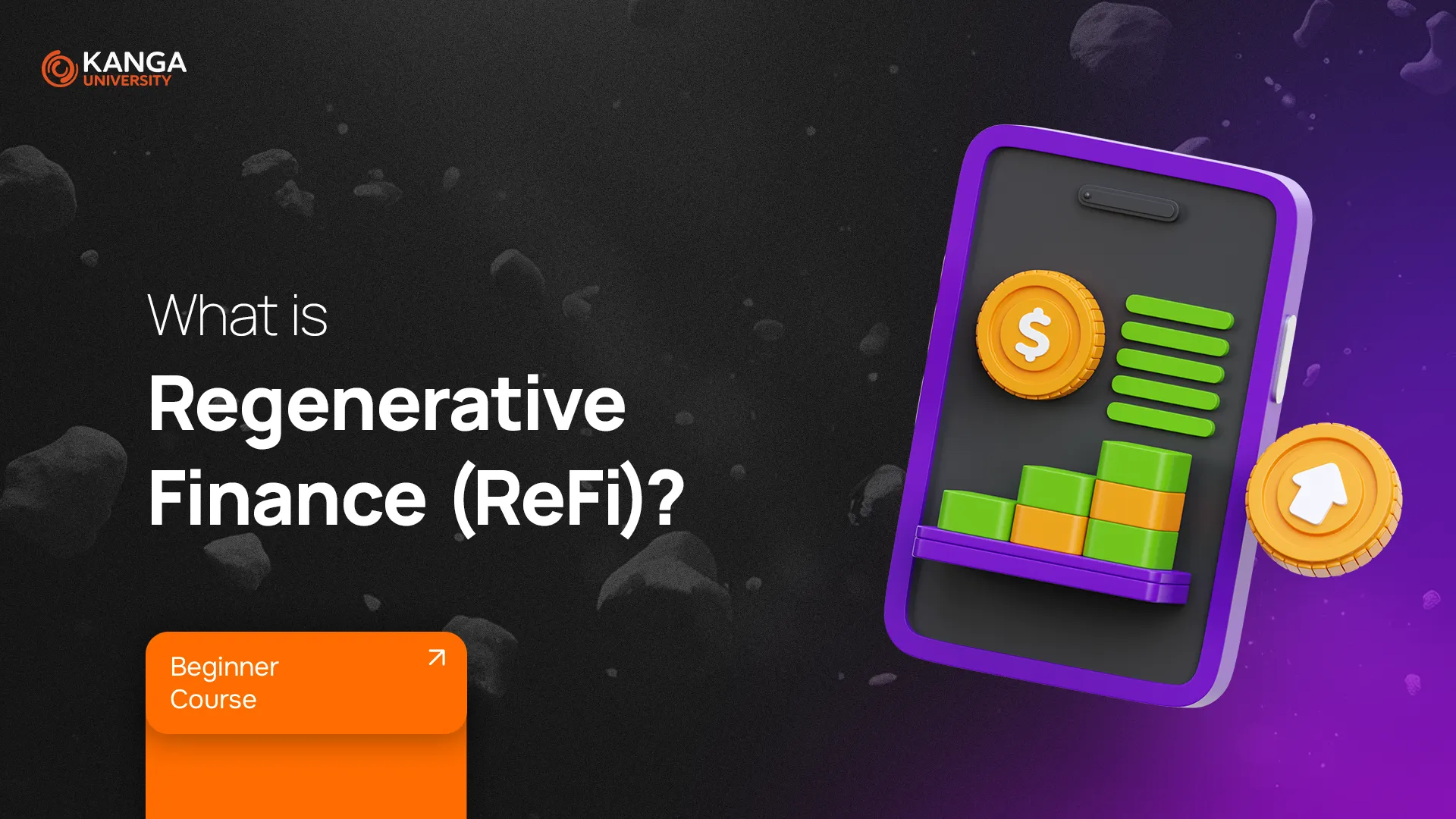
The financial world is evolving rapidly, and one of the emerging trends gaining popularity is Regenerative Finance (ReFi). This concept combines elements of Decentralized Finance (DeFi) with regenerative economics, creating a system focused not only on profit but also on long-term social and environmental impact.
Traditional finance prioritizes profit maximization, often overlooking environmental and social consequences. ReFi, on the other hand, aims to address these issues by enabling funding for sustainable projects, combating climate change, and promoting a more equitable financial system.
How Does Regenerative Finance Work?
ReFi leverages blockchain technology to tokenize natural assets and other sustainability-related projects. Here’s how it works:
- Valuation of natural assets, such as forests that absorb carbon dioxide or projects removing CO₂ from the atmosphere.
- Tokenization of these assets on the blockchain, allowing for transparent trading and investment in sustainability.
- Providing liquidity for these tokens, making it possible to finance eco-friendly projects in a decentralized way.
ReFi is similar to DeFi, but instead of speculative cryptocurrency trading, the focus is on financing real-world projects that bring long-term benefits.
Benefits of Regenerative Finance
ReFi has the potential to reshape how finance is approached. By integrating DeFi mechanisms with regenerative economics, it opens up new opportunities in several key areas.
- Democratization of finance by eliminating intermediaries and allowing anyone to participate in the financial ecosystem.
- Connecting the digital world with real assets, meaning that token values are based on actual environmental projects rather than pure speculation.
- Support for eco-friendly initiatives, enabling users to directly invest in green projects and participate in reducing CO₂ emissions.
- Reduced financial risk, as many ReFi projects focus on long-term investments, minimizing the impact of market speculation.
The Impact of ReFi on the Cryptocurrency World
The growing interest in regenerative finance is influencing the development of cryptocurrencies linked to sustainability and environmental responsibility. More investors are turning to ESG (Environmental, Social, and Governance) cryptocurrencies, which promote responsible investment strategies.
Another visible trend is the rise of Impact DAOs (Decentralized Autonomous Organizations) that fund and manage eco-friendly projects. These organizations encourage community involvement in sustainability-driven investments.
ReFi is also driving the tokenization of carbon credits, allowing businesses and individuals to offset their carbon emissions through blockchain-based transactions.
Top Blockchain Companies Supporting ReFi
ReFi is expanding rapidly, with several blockchain companies leading the way.
- Celo – A carbon-neutral blockchain using an energy-efficient Proof-of-Stake model.
- Toucan – Converts carbon credits into blockchain tokens, facilitating carbon offset initiatives.
- Regen Network – A platform that tokenizes CO₂ emissions, enabling transparent trading of environmental assets.
- ClimateTrade – A blockchain-based solution for companies to offset their carbon footprint.
- Powerledger – A blockchain-powered platform for trading renewable energy and promoting decentralized energy markets.
- GitCoin – An open-source platform that funds sustainability projects through crypto-based grants.
Is ReFi the Future of Finance?
Regenerative finance is an emerging trend that could transform global financial markets. As environmental awareness and the need for sustainable investment grow, ReFi is expected to gain even more traction.
ReFi not only offers an alternative to traditional finance but also utilizes blockchain technology to create a tangible impact on the environment and economy. With transparency and decentralization at its core, this model has the potential to become a key element of modern financial markets.